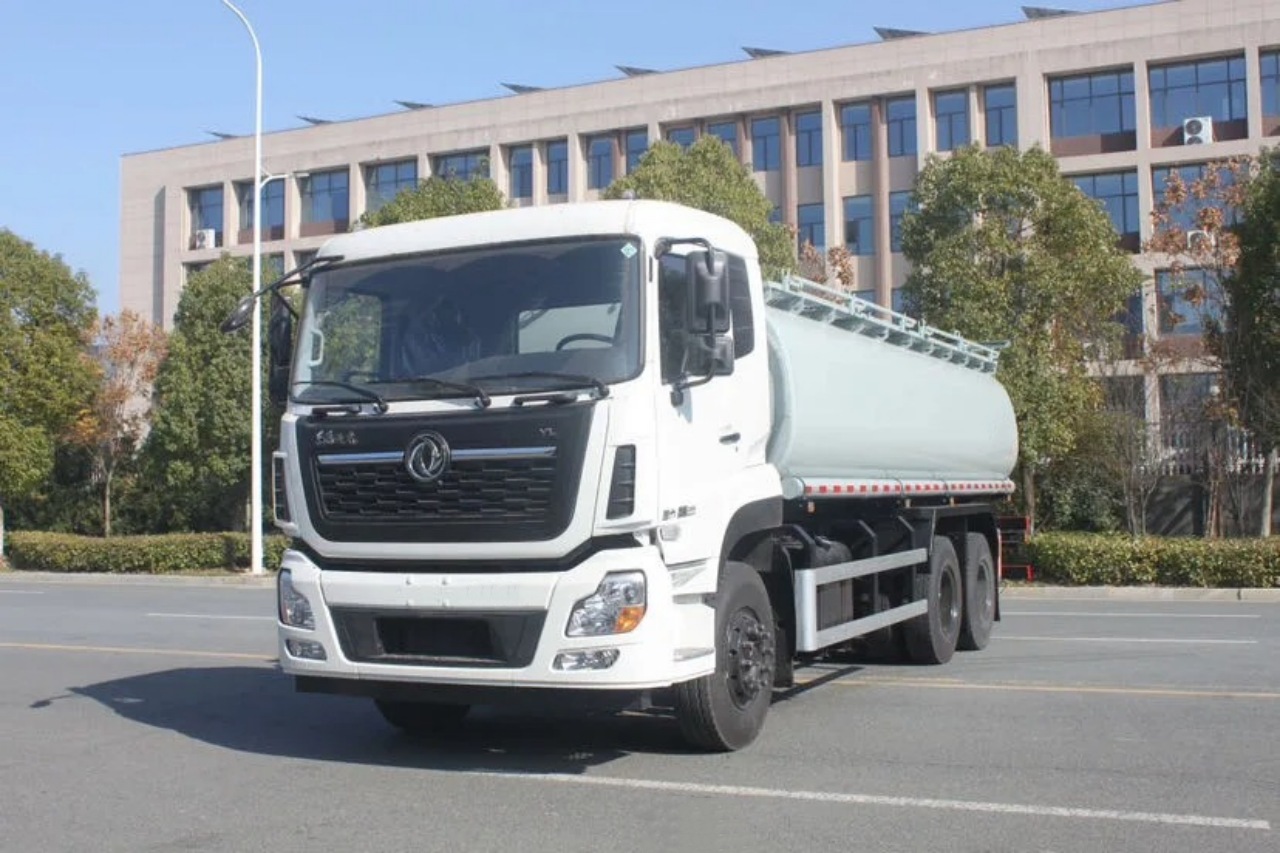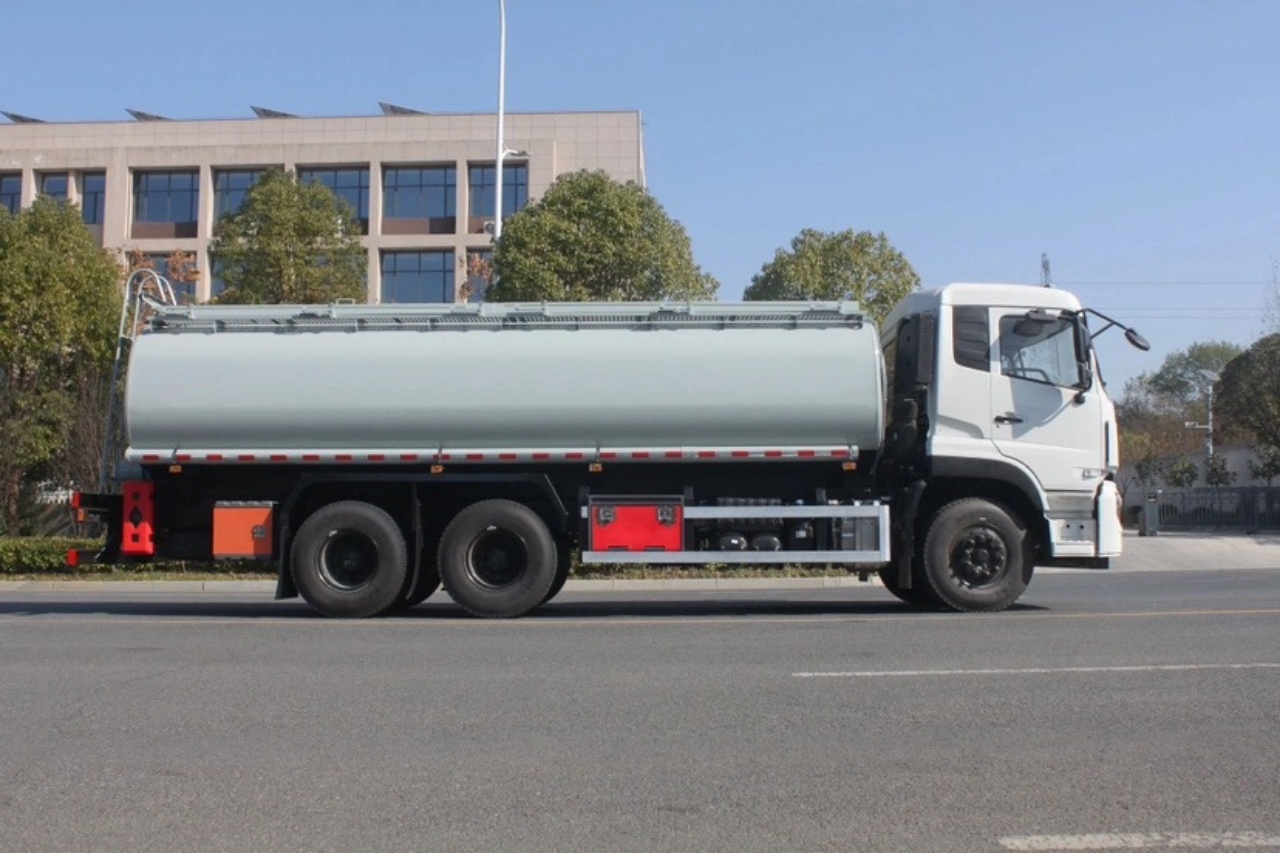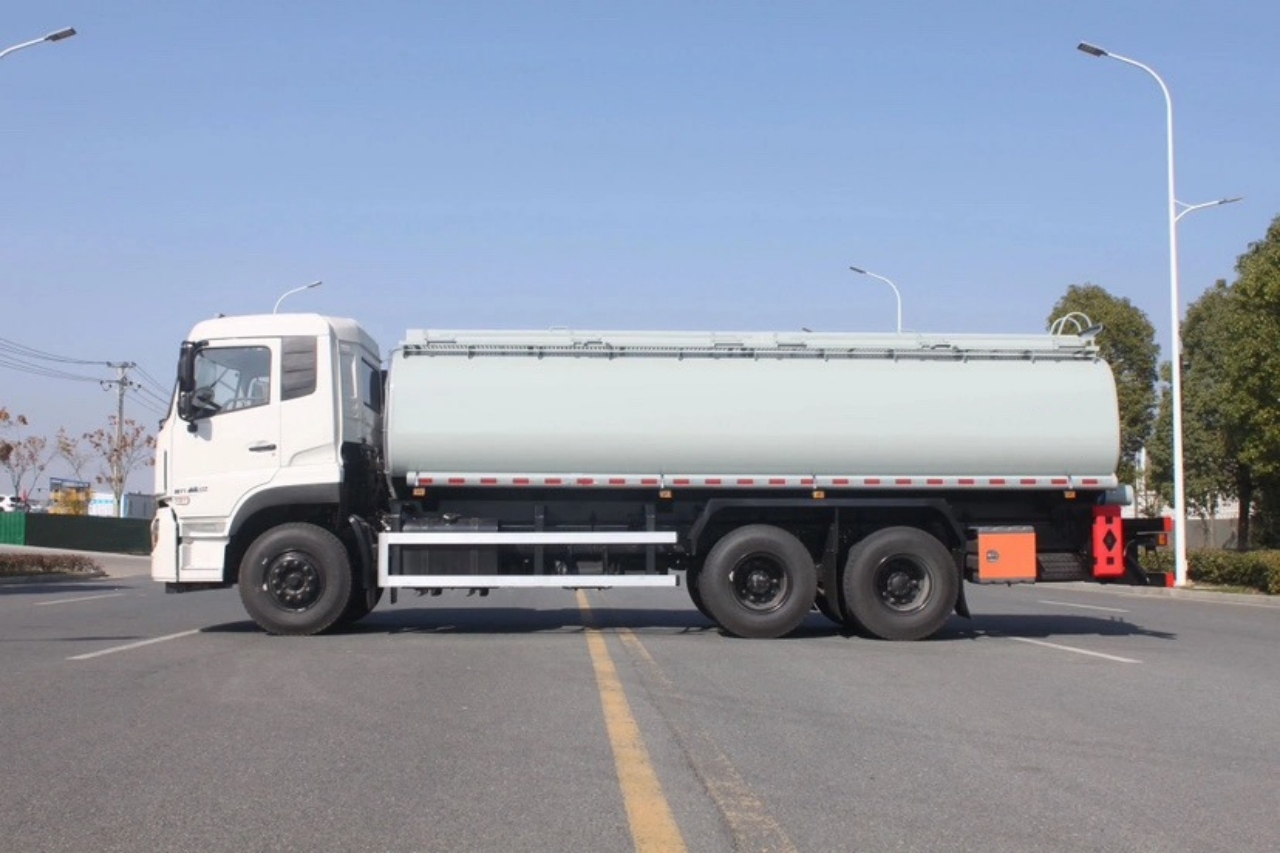Introduction
Crude oil tank trucks are a vital component of the petroleum industry, ensuring the efficient and safe transport of crude oil from extraction sites to refineries. These specialized vehicles are engineered to handle the challenges of transporting large volumes of liquid hydrocarbons across vast distances. However, their operation is heavily regulated to mitigate risks associated with spills, accidents, and environmental hazards. This guide explores the key aspects of crude oil tank truck transport, including vehicle design, operational procedures, and compliance with industry regulations.
1. Anatomy of a Crude Oil Tank Truck
Crude oil tank trucks are designed with precision to transport oil safely. The primary components include:
a. Tank Structure
- Material: Typically constructed from aluminum or stainless steel for durability and corrosion resistance.
- Capacity: Varies between 5,000 to 11,000 gallons, depending on the truck type and regional regulations.
- Compartments: Some trucks have multiple compartments to transport different crude grades or to prevent liquid surging.
- Insulation and Heating: Some models have insulation or heating systems to maintain oil viscosity.
b. Chassis and Axles
- Heavy-Duty Frame: Designed to support the weight of the loaded tank.
- Multiple Axles: Configurations range from 2 to 5 axles depending on payload capacity and road regulations.
c. Safety and Operational Features
- Vapor Recovery Systems: Prevents excessive emissions and improves safety.
- Pressure Relief Valves: Protect against over-pressurization.
- Baffles: Internal structures that minimize liquid movement to improve stability.
- Pumps and Meters: Used for controlled loading and unloading of crude oil.

2. Transportation Process
a. Loading and Unloading Procedures
The loading process typically occurs at oil fields, terminals, or storage facilities. Operators must adhere to strict safety protocols:
- Pre-Inspection: Ensuring all valves and hatches are secure.
- Grounding and Bonding: To prevent static electricity and potential ignition hazards.
- Monitoring Levels: Avoid overfilling to comply with weight regulations.
- Unloading Techniques: Using appropriate hoses and ensuring proper pressure levels.
b. Route Planning and Logistics
- Pipeline Alternatives: In some cases, crude oil tankers supplement or replace pipelines.
- Road Considerations: Adhering to weight limits, bridge clearances, and road conditions.
- Emergency Response Planning: Being prepared for potential spills or breakdowns.
c. Driver Responsibilities
Truck drivers play a crucial role in safe transport. Their responsibilities include:
- Conducting pre-trip and post-trip inspections.
- Following speed limits and hazardous material transport regulations.
- Maintaining accurate logs and documentation.
- Reporting any incidents promptly.
3. Regulatory Compliance and Safety Standards
Crude oil transportation is subject to stringent regulations to ensure safety, environmental protection, and efficiency.
a. U.S. Department of Transportation (DOT) Regulations
- Hazardous Material Regulations (HMR): Crude oil is classified as a hazardous material and must be transported according to specific guidelines.
- Weight and Axle Limits: Ensuring compliance with federal and state road weight restrictions.
- Placarding and Labeling: Trucks must display appropriate hazard placards.
b. Environmental Protection Agency (EPA) Guidelines
- Spill Prevention, Control, and Countermeasure (SPCC): Outlines necessary containment and response measures for spills.
- Emission Standards: Ensuring minimal environmental impact from fuel consumption and vapor emissions.
c. Federal Motor Carrier Safety Administration (FMCSA) Rules
- Hours of Service (HOS): Limits on driver working hours to prevent fatigue-related accidents.
- Driver Qualification Standards: Includes background checks, medical certifications, and training requirements.
- Electronic Logging Devices (ELDs): Mandated for accurate tracking of driving hours.
d. International Regulations
- Canada’s Transport of Dangerous Goods (TDG) Regulations: Similar to U.S. DOT standards but with specific Canadian requirements.
- International Maritime Dangerous Goods (IMDG) Code: Governs crude oil transport when shipped overseas.
- ADR Regulations in Europe: Governing road transport of hazardous goods within the EU.

4. Challenges in Crude Oil Tank Truck Transport
a. Safety Hazards
- Fire and Explosion Risks: Due to crude oil’s flammability.
- Road Accidents: Risk increases with poor weather conditions and driver fatigue.
- Spill Containment: Effective response plans are necessary to prevent environmental damage.
b. Market Fluctuations
- Oil Price Variability: Affects demand and transport volumes.
- Regulatory Changes: New policies may impact operational costs and compliance.
- Supply Chain Disruptions: Geopolitical issues, weather conditions, and infrastructure limitations can affect logistics.
c. Environmental and Sustainability Concerns
- Carbon Footprint: Finding ways to reduce emissions from truck transport.
- Alternative Fuel Vehicles: Growing interest in LNG- and electric-powered crude oil transporters.
- Improved Infrastructure: Developing safer and more efficient transport routes.
5. Best Practices for Safe and Efficient Transport
a. Training and Certification
- Ongoing driver education on handling hazardous materials.
- Certification programs to ensure compliance with industry standards.
b. Advanced Technology Integration
- GPS and Fleet Management Systems: Enhancing route optimization and safety monitoring.
- Telematics: Providing real-time vehicle diagnostics.
- Automated Safety Features: Collision avoidance systems, lane departure warnings, and electronic stability control.
c. Emergency Response Preparedness
- Ensuring all drivers and transport personnel are trained in spill containment.
- Equipping vehicles with emergency response kits.
- Establishing communication protocols with emergency responders.

Conclusion
Crude oil tank trucks play a crucial role in the global energy supply chain. Their safe and efficient operation depends on adherence to rigorous design standards, strict regulatory compliance, and best practices for transport logistics. As technology and regulations evolve, the industry must continue innovating to enhance safety, reduce environmental impact, and improve efficiency. Understanding the complexities of crude oil transport ensures that stakeholders—from operators to policymakers—can make informed decisions that support a safer and more sustainable future.

